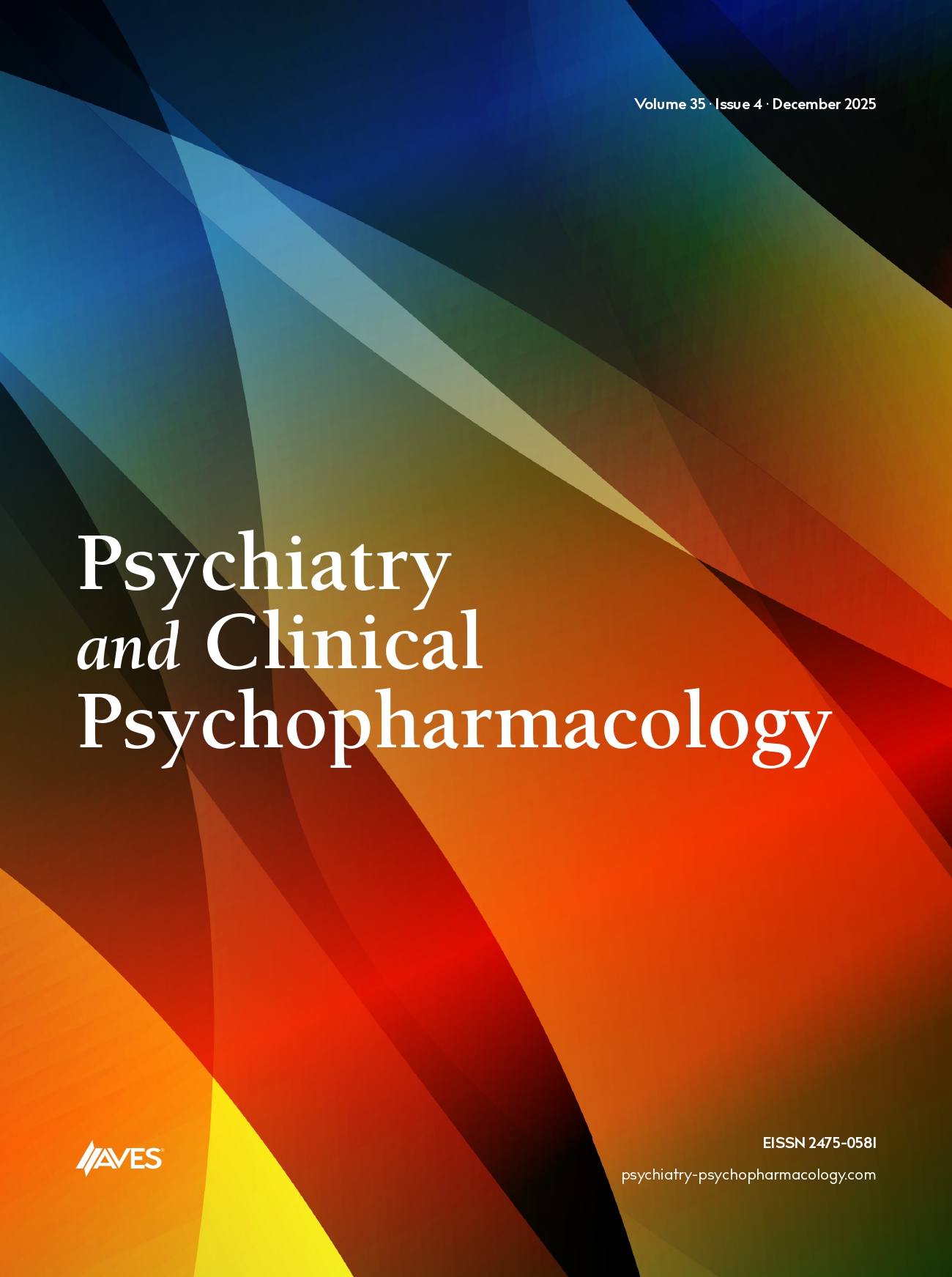Background: This study explores the role of linguistic labels expressed by patients during Motion-assisted Multi-modal Memory Desensitisation and Reconsolidation (3MDR) therapy for post-traumatic stress disorder (PTSD). Labels represent a patient’s key emotional, cognitive, and physical reactions to images associated with traumatic experiences. By analyzing labels, the goal is to provide insights into their progress throughout the therapeutic process.
Methods: Data were collected from 6 patients who underwent 3MDR therapy across 6 sessions. A total of 1060 labels associated with trauma-related images were analyzed, with 91.3% of the data included after excluding irrelevant or ambiguous responses. Patient-generated labels were categorized and analyzed based on emotional tone, somatosensory processes, verb tense, and word count. The Friedman test was used to perform the statistical analysis. In case of significance, further comparisons were performed with the Wilcoxon signed-rank test.
Results: The linguistic analysis revealed observable trends in patient progress. Use of present verb tense increased, indicating a shift towards present-moment awareness. Sentence word count also steadily increased, reflecting patients’ improved ability to articulate their emotions. Results of positive and negative emotional tone, past and future verb tense usage, somatosensory processes, and single words were not significant, suggesting that further exploration of these aspects with a larger dataset could give further insights into their importance.
Conclusion: This study demonstrates that linguistic analysis of patient-generated labels during 3MDR therapy can offer valuable insights into patient progress. The findings suggest that as therapy progresses, patients become more expressive and articulate, and are able to live more in the present. Further research with larger datasets is recommended to better understand the role of language in PTSD therapy and its potential for predicting therapeutic outcomes.
Cite this article as: Vermetten E, Barcaro S, Espejo E, Bellini P, Roy MJ, Bremault-Phillips S. Linguistic analysis of patients’ labels during 3MDR psychotherapy. Psychiatry Clin Psychopharmacol. 2025;35(Suppl. 1):S29-S35.


.png)
.png)